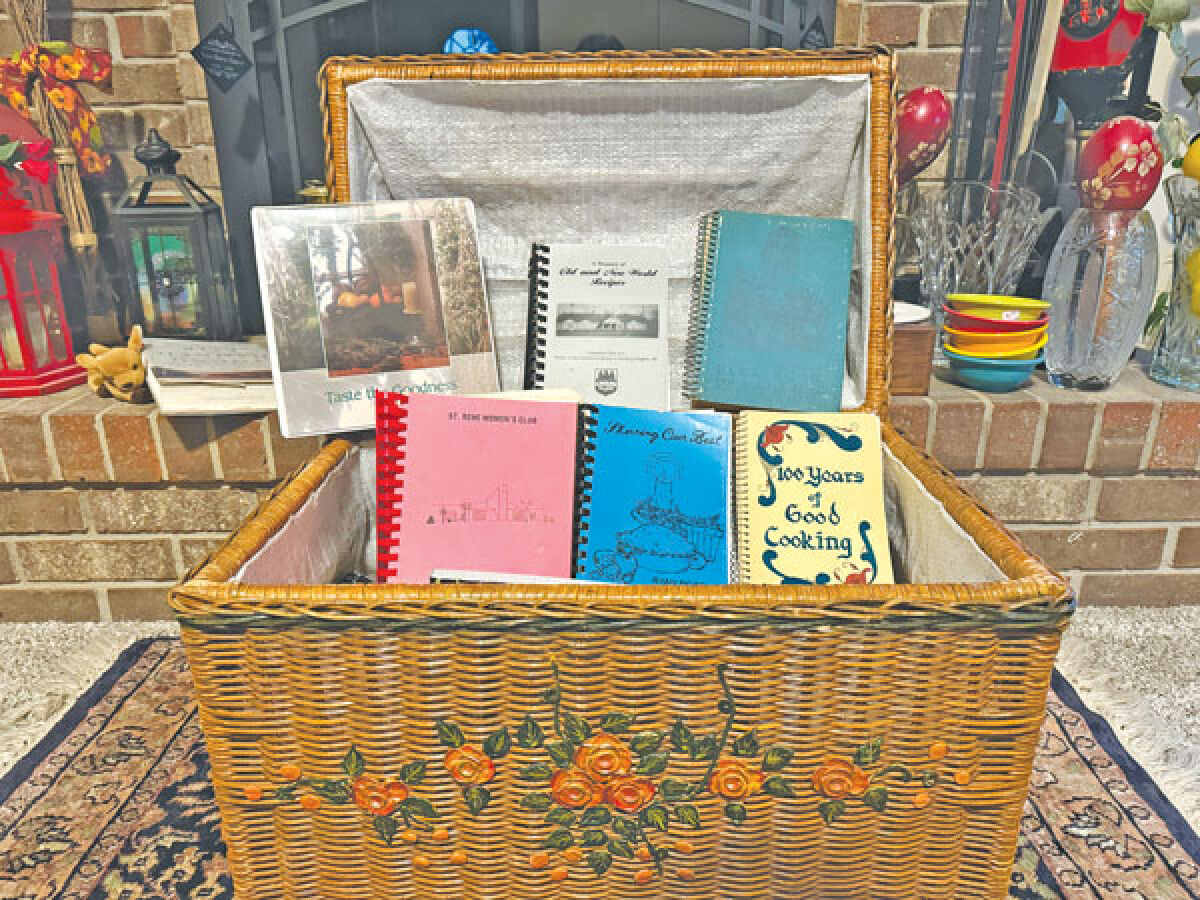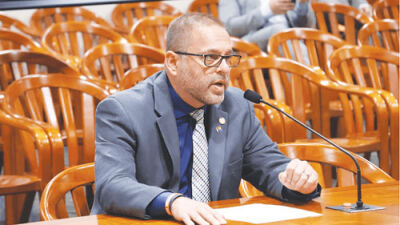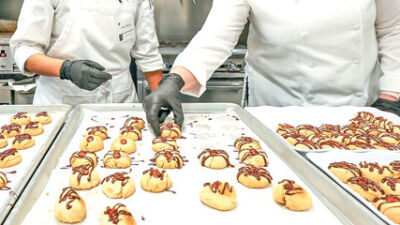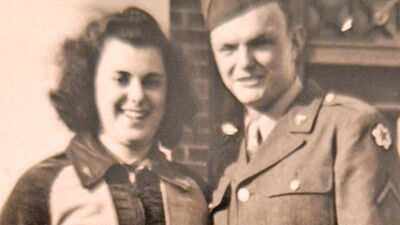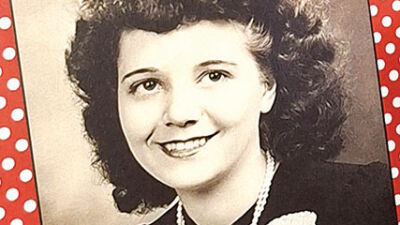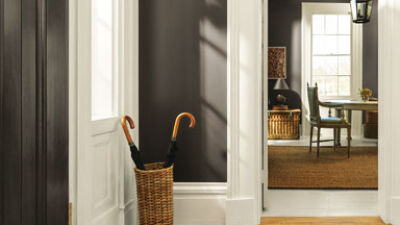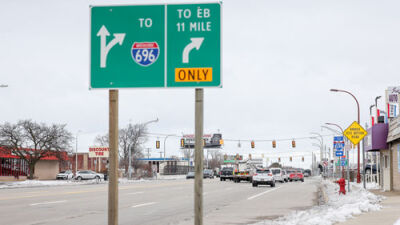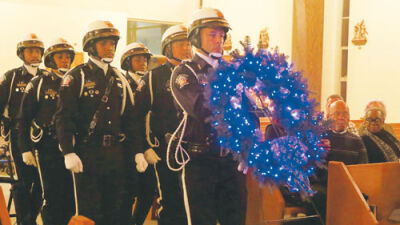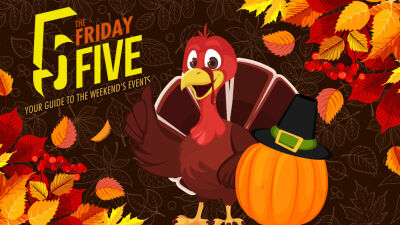METRO DETROIT — I’ve been interested in the old, interesting and historical all my life. I’ve been to Greenfield Village more times than I can count. I’m always stopping by the plaques around historical sites and my clothing style is much more vintage than the things my sisters or friends wear.
I’ve joked around by lovingly calling myself the young grandma: an old soul, if you will.
My love for cooking and baking goes back as far as my love of history. I remember Saturday mornings spent rolling out biscuit dough on a wooden board called a Nudelbrett, and cold winter days spent inside baking cookies and breads.
Days before Easter, I spent time making Chrusciki, Angel Wings, with my grandparents, with us kids taking on the task of rolling out the dough and my grandpa handling the hot oil. My grandma taught us the correct way to slice the fine dough and if we were using too much or too little powdered sugar. The more powdered sugar, the better.
It should have come as no surprise to anyone in my family when I started frequenting estate sales, I started collecting recipe boxes and vintage cookbooks. What started as four or five recipe boxes from an estate sale near Alpena turned into a hobby of collecting the old spiral-bound cookbooks from churches, cultural centers and other clubs.
I love seeing the recipes made with love and hard work by grandparents, new moms, husbands of the ladies of the groups and even pastors printed in the books. Depending on what year they were made, the words were either typed by typewriter or on a computer.
It’s interesting to see how times have changed and how trends have come and gone, how society learned through the ages and the new knowledge found every decade was depicted in their recipes. The oldest cookbook I have is a University of Michigan alumni cookbook from 1938. The recipes called for lard and liver — items rarely used in my own kitchen.
But the reason I love collecting cookbooks are the memories attached to them.
I’ve been going to St. Blase Catholic Church ever since I was young. I started singing in the choir as a young tween and eventually graduated to the older choirs where I more often than not played my flute in the back with my fellow flutists or by myself.
At an estate sale I visited in the spring, I found a cookbook from the parish. I interviewed Mary Dumm, pastoral associate, about the cookbook from spring of 2000. She said that she and the Rev. Randall Philipps, known as Father Randy throughout the parish, were not yet at the church when the cookbook was created, but they were there for the second cookbook in 2006.
When she opened the cookbook, she immediately recognized many of the names including one parish member who she calls one the biggest bakers.
“She brings us stuff every weekend,” Dumm said.
Dumm said the cookbooks are printed as fundraisers and the parish doesn’t host a lot of fundraisers by itself.
“(The year) 2000 was a big year so they collected the people’s recipes. For 2006, we were going to Rome,” Dumm said. “And so, to offset the cost for choirs to go sing for the Holy Father, one of the fundraisers they did was a cookbook.”
Dumm also said there were a lot of the same people who contributed to both cookbooks. She sees some of the same people who contributed around the parish.
“Obviously, they’ve aged 23 years since they did it,” Dumm said. “But a lot of them are still here and some have passed and some, I know, have moved on in life. You know, they’ve moved north, they moved away for work.”
Before my family came to St. Blase, when I was around 12 or 13 years old, my dad’s family went to the parish when he was a kid. My family’s name is on one of the windows enclosing a small courtyard saying that they contributed to the church.
Dumm said it’s been interesting to see families grow up over the 21 years she’s been there. She said that they started marrying those they’ve baptized.
“It’s kind of fun to watch it all transition from one piece of life to the other,” Dumm said.
Dumm said there are a few recipes that have carried over from the 2000 cookbook to the one printed in 2006.
“What’s interesting as I look through these recipes is how they present an era or a way of cooking,” Dumm said. “There are things in here that I would never think to make in a certain way.”
Dumm said they would absolutely put out another cookbook if the times called for it.
“I watched how they did in 2006, it’s a lot of work to put it together,” Dumm said. “It would have to be an event that would be worthy of it.”
Around the same time I joined the kid’s choir at St. Blase, I joined the Carpathia Club’s Kindergruppe, a German folk dance group for kids, celebrating the heritage of club’s members. Through this group I’ve met many lifelong friends, and we grew up together.
I’ve known Monica Forest, a club member, and her daughters since I joined the group and Forest knew my dad long before that. My dad grew up dancing in the club’s groups for kids and teens, which was different from many of his peers growing up in the 80s.
The Carpathia Club also published cookbooks: one in 2001 that’s been on a shelf in my basement for a very long time, and one in the 1980s that Forest let me borrow. They were both created and published by the club’s Frauengruppe headed by Ierene Dietz, the current group leader.
Forest is a new member of the group, and she said the club relied on the ladies.
“They did all of the Kipful baking for festivals and all the strudel baking for events,” Forest said. “If we had a banquet, the ladies were the ones that baked the torten that were served.”
Forest said she guesses that the cookbooks were printed because they got so many requests for the recipes served at events. She recalled a walnut torte served that had a walnut sponge cake and chocolate mocha buttercream.
“It’s famous, right? So tell me how many thousands of times they got requested for that recipe?” Forest said. “So it’s in here.”
The recipes are passed down through generations of families.
“People who don’t even know their history of that region say, ‘Oh, my gosh. My grandmother made that cookie. We called it a Kipful,’” Forest said.
She went on to explain that when she heard the word Kipful she pictured a savory bread roll shaped like a crescent, but the person was talking about a nut cookie. She said a friend of the family said that her grandmother used to make the cookies.
“It was from her oma, right, and they didn’t even realize it’s such a cultural, regional recipe,” Forest said.
Sometimes, grandparents cook with measurements that aren’t precise. A lot of times it’s “a little bit of this and a little bit of that.” Forest said there is a little bit of that shown in the cookbook.
“Because they’re trying their best, they’ll say, ‘OK, a half a cup plus two tablespoons and a teaspoon,’” Forest said. “Because they’re trying to get it (right).”
She added that the recipes could differ due to humidity and that there are descriptions such as “until it looks like oatmeal” or “until it looks right.” Forest found that they were right as she was making the recipes.
For some people, the recipes are one of the memories they have of their grandparents.
The future generations are carrying on the recipes in the club, Forest said. She also said it’s one of the things that’s hard to do digitally.
“I can look something up on Pinterest and it looks beautiful, and I can try,” Forest said. “But it’s different, then, when you go to an event and a lady brings these fabulous cookies and you talk about it. It’s like, it connects you so much more than a picture and a telephone.”
I think of collecting these recipe books as collecting pieces of the people who created them. I don’t know what their life was like, but I get to see a little slice of it through the recipes they create and the ones they shared so future generations can carry on their traditions.
Cooking is a way I show my love to my friends and family and to have the opportunity to share in their recipes is something I will cherish for the rest of my life.
After the second or third time making Chrusciki with my grandmother, she asked why we needed to cook with her if we already had the recipe. When I heard these words, I thought it wasn’t about the recipe itself, but the time spent with her that truly mattered.
 Publication select ▼
Publication select ▼